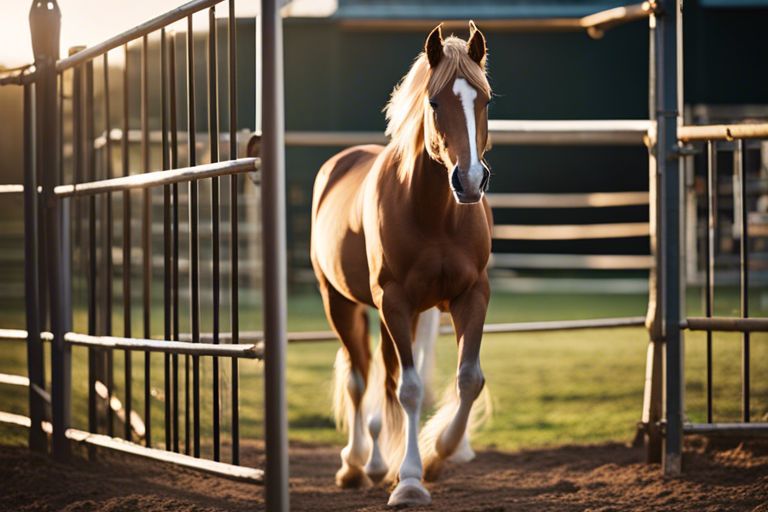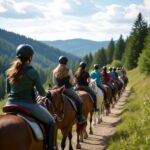The well-being of your horse is paramount, and creating a safe and enriching environment is vital to ensure their health and happiness. From proper shelter and fencing to nutritious feed and clean water, every aspect of their environment plays a crucial role in their overall well-being. By taking the necessary steps to provide a secure and stimulating environment, you can help your horse thrive and enjoy a fulfilling life.
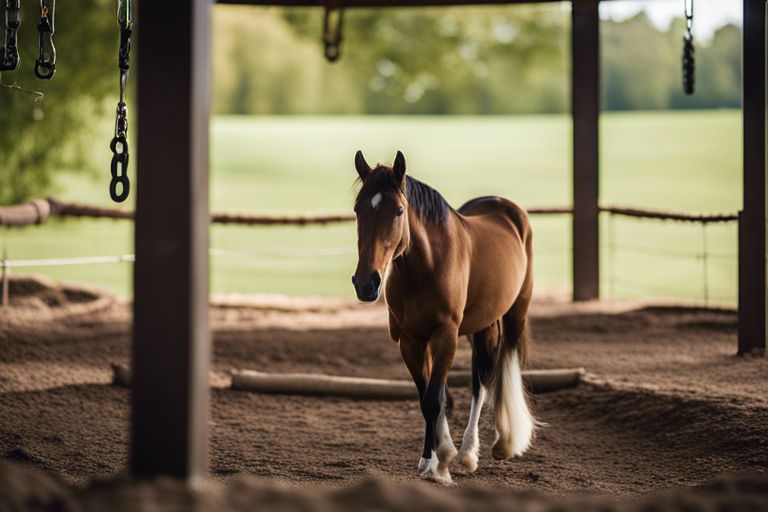
Designing a Safe Physical Space
Stable and Shelter Considerations
Space is a crucial factor to consider when designing a safe and enriching environment for your horse. The stable or shelter should provide enough room for your horse to lie down, stretch, and move around comfortably. Ensure good ventilation to prevent respiratory issues and keep the space clean and free of hazards to prevent accidents.
Fencing and Pasture Safety
Stable fencing and pasture safety are key elements in creating a secure environment for your horse. Choose sturdy fencing materials that are tall enough to prevent escape and free of sharp edges to avoid injuries. Regularly inspect fences for wear and tear, ensuring they are properly maintained to prevent accidents and keep your horse contained.
With proper stable and pasture design, you can create a safe and enriching environment that promotes the well-being of your horse. Consider the layout, materials, and maintenance of the physical space to ensure a secure and comfortable setting for your equine companion.
Implementing an Enrichment Program
Psychological and Social Enrichment
Any responsible horse owner knows that providing a safe and enriching environment involves more than just food and shelter. Horses are social animals that thrive on companionship and mental stimulation. Implementing a psychological and social enrichment program is vital for the overall well-being of your horse.
Physical and Nutritional Enrichment
On the physical front, it’s crucial to ensure that your horse has ample space to move around and engage in natural behaviors. This can include turnout time in a pasture, access to toys or objects for play, and regular exercise routines. Nutrition also plays a significant role in enrichment, with a balanced diet tailored to your horse’s needs providing the foundation for good health and vitality.
Social interactions not only provide mental stimulation but also help prevent boredom and alleviate stress. Consider introducing your horse to compatible herd mates or arranging for regular visits from other equines to encourage socialization and natural herd dynamics. Additionally, providing opportunities for grooming, training sessions, and positive reinforcement can further strengthen the bond between you and your horse.
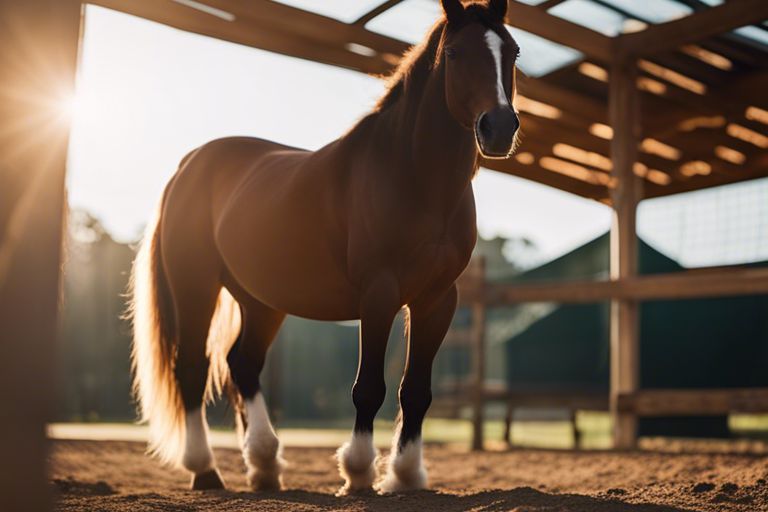
Daily Management and Maintenance
Routine Health Checks and Care
All horse owners should make it a priority to conduct routine health checks on their equine companions. This includes daily monitoring of vital signs such as temperature, pulse, and respiration, as well as checking for any signs of injury or illness. Regular grooming sessions not only help maintain the horse’s coat and skin health but also provide an opportunity to check for any abnormalities or changes in the horse’s physical condition. Any concerns should be promptly addressed by a veterinarian to ensure the well-being of the horse.
Maintaining a Clean and Secure Environment
One crucial aspect of daily horse care is ensuring that the living environment is kept clean and secure. This includes regularly mucking out stalls, removing soiled bedding, and providing fresh water and hay. Additionally, the pasture should be routinely checked for any hazards such as loose fencing, sharp objects, or toxic plants. By maintaining a clean and secure environment, the risk of injury or illness to the horse is significantly reduced, promoting overall well-being and peace of mind for the owner.
Maintenance of a clean and secure environment also involves proper storage and handling of feed and supplements to prevent contamination and spoilage. Regularly inspecting and repairing fencing, gates, and other infrastructure can help prevent escapes or injuries. Implementing a regular deworming and vaccination schedule as recommended by a veterinarian is imperative to safeguard your horse’s health and prevent the spread of diseases within the equine community. By staying proactive and attentive to these daily management tasks, horse owners can create a safe and enriching environment for their beloved animals.
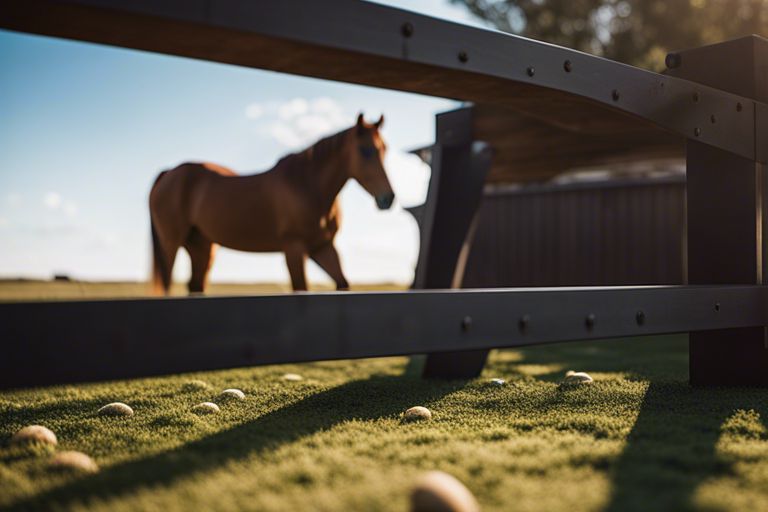
Training and Handling
Positive Reinforcement Techniques
Any successful training program starts with positive reinforcement techniques. Rewarding your horse for desired behaviors encourages a willing attitude and fosters a positive relationship. This could be in the form of treats, verbal praise, or a gentle pat. Consistency is key when using positive reinforcement to communicate effectively with your horse.
Creating a Trust-Based Relationship
TrustBased Developing a strong bond of trust with your horse is vital for successful training and handling. Building trust takes time and patience, but the rewards are immense. Spend time building a connection with your horse through groundwork, grooming sessions, and consistent communication. By earning your horse’s trust, you create a foundation for a respectful and willing partnership.
Understanding your horse’s body language and signals is crucial in fostering trust. By observing your horse’s reactions and responses, you can better understand their emotions and needs. This insight allows you to adjust your training methods accordingly, creating a safe and enriching environment for your horse.
To wrap up
So, creating a safe and enriching environment for your horse is vital for their well-being and happiness. By ensuring appropriate fencing, shelter, and access to fresh water and quality forage, you can provide a secure living space for your equine companion. Offering mental stimulation through varied turnout, social interaction, and enrichment activities will also contribute to a fulfilling life for your horse. Remember to regularly assess the environment and make necessary adjustments to meet the changing needs of your horse. By prioritizing their safety and providing opportunities for mental and physical stimulation, you can cultivate a healthy and contented horse.
FAQ
Q: Why is creating a safe environment for your horse important?
A: Creating a safe environment for your horse is crucial to prevent injuries and promote their overall well-being. Horses are large and powerful animals that rely on their surroundings for safety and comfort.
Q: What are some key elements of a safe environment for horses?
A: Key elements of a safe environment for horses include sturdy fencing to prevent escape and injury, proper shelter to protect from the elements, and a well-maintained turnout area free of hazards.
Q: How can I enrich my horse’s environment?
A: Enriching your horse’s environment can be achieved through providing ample space for movement, access to fresh water at all times, a balanced diet, and opportunities for social interaction with other horses.
Q: What are some common hazards to watch out for in a horse’s environment?
A: Common hazards in a horse’s environment include toxic plants, unsafe fencing such as barbed wire, standing water that can attract mosquitoes and spread diseases, and sharp objects that could cause injuries.
Q: How often should I inspect my horse’s environment for safety?
A: It is recommended to inspect your horse’s environment daily for any potential hazards and to perform a more thorough check on a weekly basis. Regular maintenance and monitoring are key to creating a safe and enriching environment for your horse.
